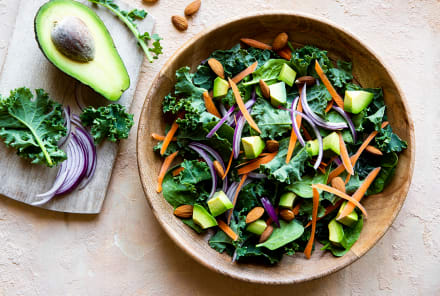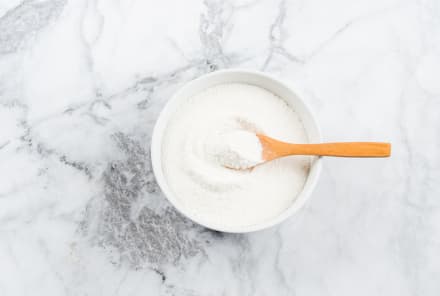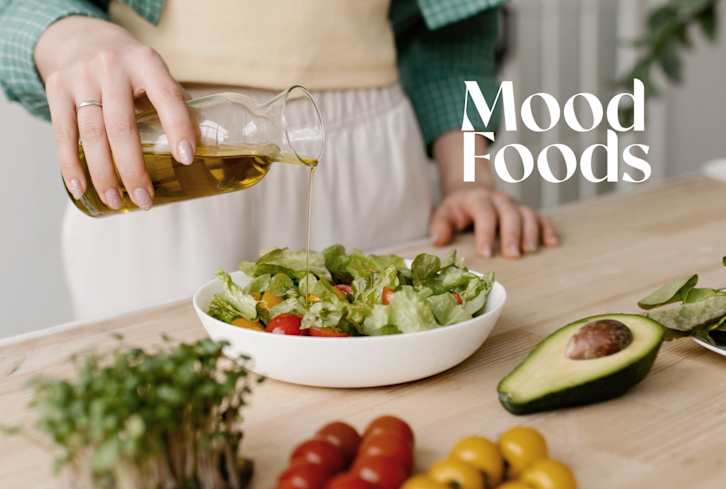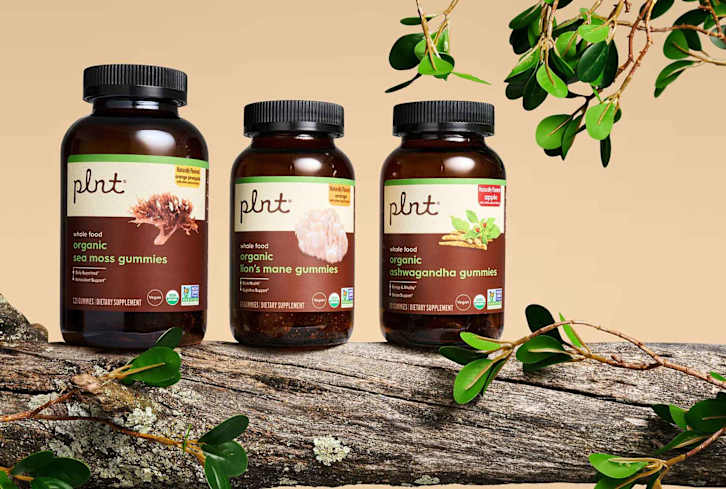Advertisement
How Long Does Garlic Actually Last & How Do You Know When It's Bad?

If you asked us what's in our kitchens on any given day, at any time of year, there's one ingredient that's nearly always present in spades: garlic. This anti-inflammatory allium is an essential part of the base flavors for many popular dishes—plus, it seems to last a while.
But how long does garlic really keep? And how should I be storing it to stretch its shelf life as long as possible? For the answers to these questions, we turned to food waste expert and founder of Local Roots (a service that provides New Yorkers with local and sustainable produce) Wen-Jay Ying.
How long does garlic last?
The first important distinction is to know that the garlic you'd buy in the supermarket is technically cured garlic, which means it's been dried so that the skin shrinks up to form a barrier against damaging moisture. However, you only really need to be concerned with this step if you're growing the garlic yourself or know it's fresh garlic you're buying.
"Cured garlic will last about five to six months," says Ying, "if stored properly." Thanks to the skin on the garlic, it has its own self-preservation built in, which is why it's best to leave it alone if you want it to last. Individual cloves with their skin on are more likely to last only a few weeks.
"The best way to store garlic is to keep it whole, without peeling or separating the cloves," she says, "When you separate a clove from the rest of the garlic, it reduces the shelf life, and when you peel that clove, it significantly reduces that shelf life even more to just a few days."
Where should you store garlic?
As we know, moisture is an enemy of garlic. For storage, "dry and cool is the way to go," explains Ying. "I keep my garlic in the crisper section of the fridge because it has less humidity, which is what makes garlic go bad. If I do see condensation in the crisper, I make sure to wipe it down with a dry paper towel."
Have a ton of garlic, and want to make sure it keeps in a usable fashion? Like many other veggies, you can turn to pickling methods or the freezer to extend its life. "If you have a lot of garlic at home, a good way to preserve it before the garlic gets soft is to pickle them or freeze pre-sliced garlic," says Ying.
How to tell when garlic is past its prime.
Think your cloves may be a bit worse for wear? There are a few indicators that suggest it's not going to be great. Dark spots and discoloration are bad news, as is soft, squishy cloves.
What about those green sprouts that seem to pop up out of nowhere? They're a sign the garlic has started to turn, and while "you can eat the green sprouts," shares Ying, "it will have a slightly different taste than the garlic bulb." You can opt to try growing those sprouted cloves into garlic scapes by placing the clove in a glass of water—just don't submerge it—and watch them grow.
Watch Next
Enjoy some of our favorite clips from classes
Enjoy some of our favorite clips from classes
What Is Meditation?
Mindfulness/Spirituality | Light Watkins
Box Breathing
Mindfulness/Spirituality | Gwen Dittmar
What Breathwork Can Address
Mindfulness/Spirituality | Gwen Dittmar
The 8 Limbs of Yoga - What is Asana?
Yoga | Caley Alyssa
Two Standing Postures to Open Up Tight Hips
Yoga | Caley Alyssa
How Plants Can Optimize Athletic Performance
Nutrition | Rich Roll
What to Eat Before a Workout
Nutrition | Rich Roll
How Ayurveda Helps Us Navigate Modern Life
Nutrition | Sahara Rose
Messages About Love & Relationships
Love & Relationships | Esther Perel
Love Languages
Love & Relationships | Esther Perel











